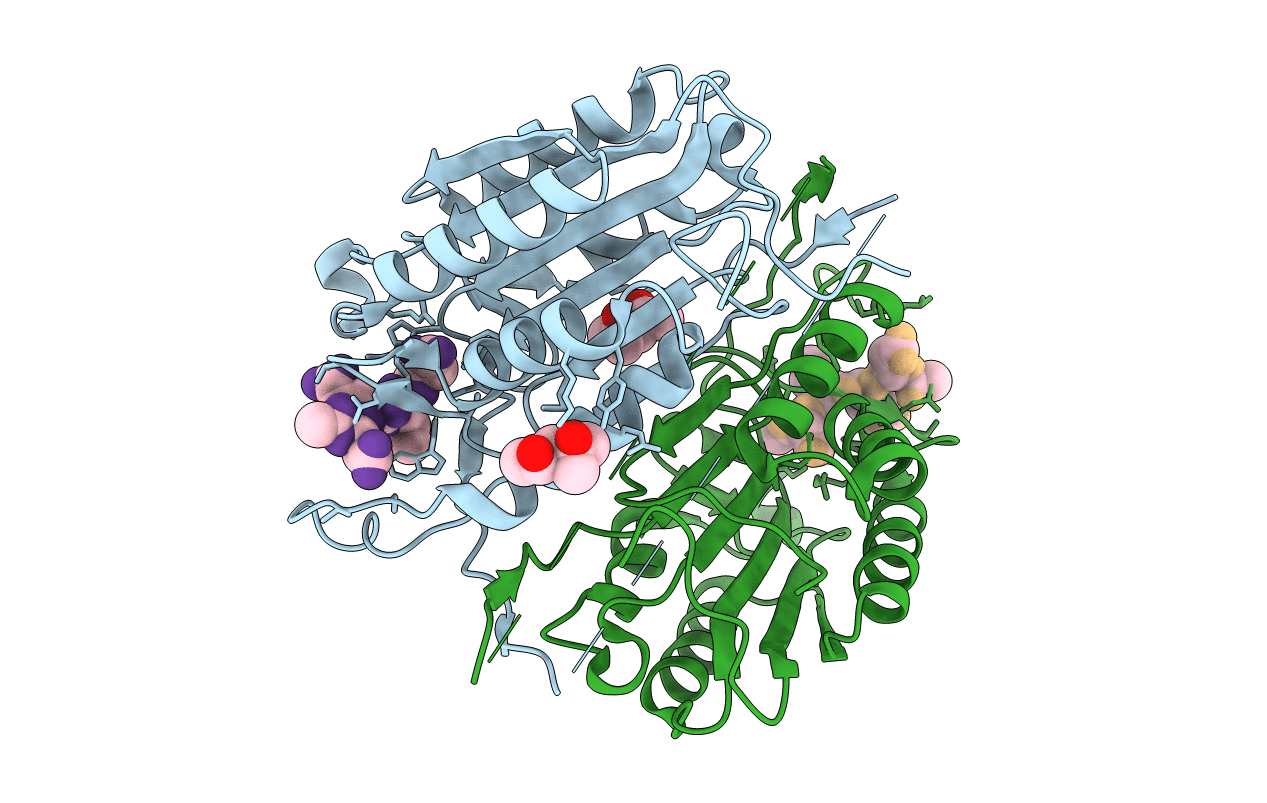
Deposition Date
2016-04-19
Release Date
2016-10-26
Last Version Date
2024-11-06
Entry Detail
Biological Source:
Source Organism:
Danio rerio (Taxon ID: 7955)
unidentified 'CNM-group' bacterium HXN600 (Taxon ID: 142878)
unidentified 'CNM-group' bacterium HXN600 (Taxon ID: 142878)
Host Organism:
Method Details:
Experimental Method:
Resolution:
2.28 Å
R-Value Free:
0.23
R-Value Work:
0.17
R-Value Observed:
0.17
Space Group:
P 21 21 21


